Texting while driving is one of the most dangerous distractions on the road, and it can have severe consequences—not just in terms of safety, but also for your wallet. Here’s how texting while driving impacts your insurance premiums and what you can do to mitigate the financial fallout.
1. Texting While Driving Violations Can Lead to Premium Hikes
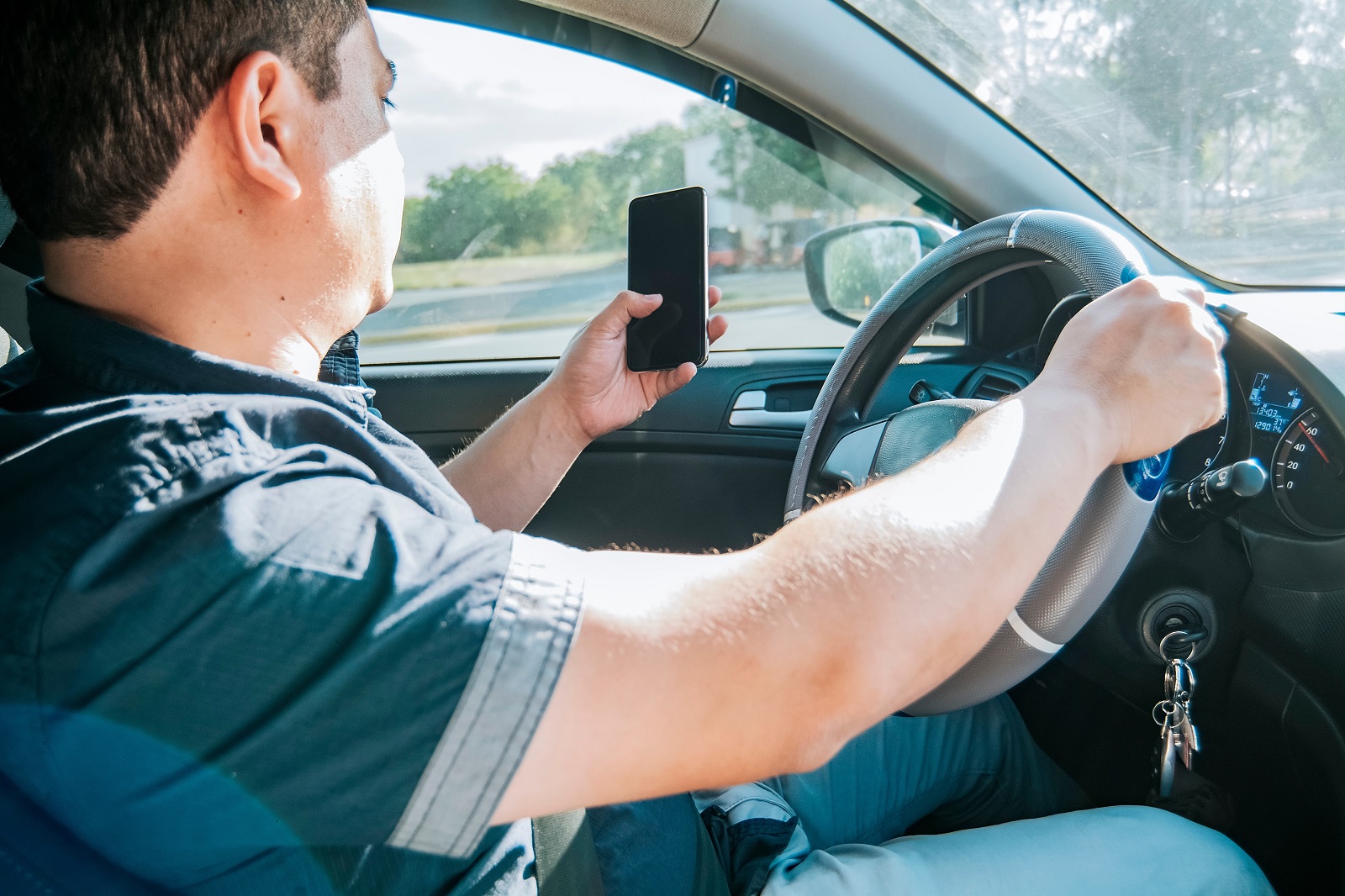
Image Credit: Shutterstock / Netpixi
If you’re caught texting while driving, it’s considered a moving violation in most states. Insurers view texting while driving as a sign of risky behavior, leading to higher premiums. On average, a texting violation can increase your premium by 20-30%.
2. Severity Varies by State

Image Credit: Shutterstock / Sean Pavone
The impact of a texting while driving ticket on your premiums varies widely by state. In states like California, where distracted driving laws are strictly enforced, you can see a 45% increase in your premiums after a texting violation. In contrast, some states may only impose a 10-15% increase, but it’s still a significant hit to your wallet.
3. Insurance Companies View Texting as High-Risk Behavior

Image Credit: Shutterstock / Andrey_Popov
Insurance companies, like Geico and State Farm, classify texting while driving as high-risk behavior, similar to speeding or reckless driving. This classification can lead to your premium being categorized in a higher risk tier, leading to more expensive coverage for the next three to five years.
4. Repeat Offenders Face Even Steeper Increases
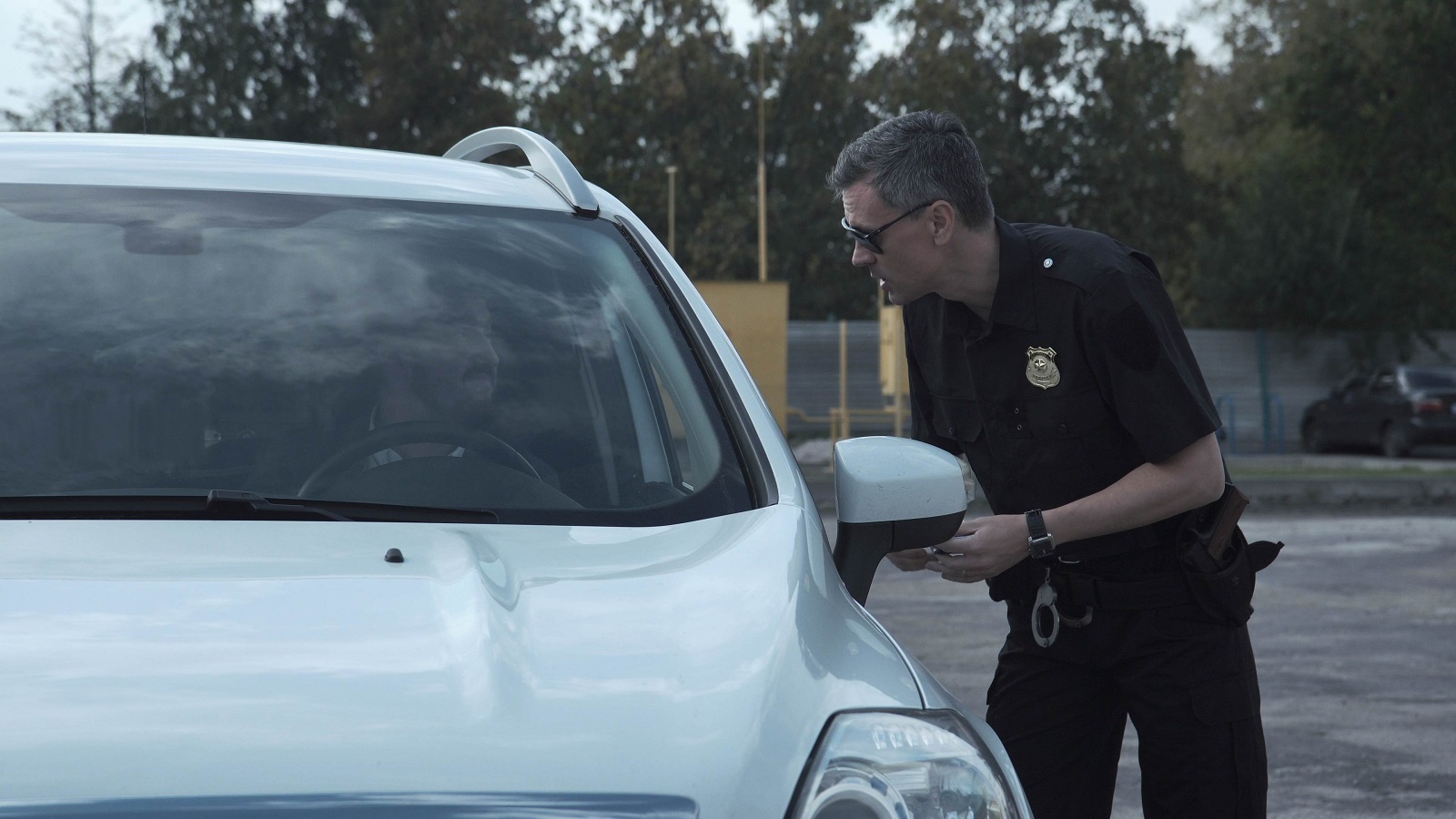
Image Credit: Shutterstock / Frame Stock Footage
If you have multiple texting while driving violations, expect your premiums to skyrocket. Insurers penalize repeat offenders heavily, and a second or third offense could raise your premiums by 50% or more. In some cases, insurance companies may even choose not to renew your policy.
5. Your Insurance History Is Affected

Image Credit: Shutterstock / Korawat photo shoot
Texting while driving violations stay on your driving record for several years, affecting your insurance history. When you apply for a new policy, potential insurers will see the violation, making it harder to get affordable coverage. You may even be flagged as a high-risk driver, which limits your options and raises your premiums.
6. Younger Drivers See Larger Premium Increases

Image Credit: Shutterstock / l i g h t p o e t
Young drivers, already considered high-risk by insurers, face even steeper premium hikes for texting while driving violations. For drivers under 25, a texting violation can result in a 60-80% premium increase. This is due to the combination of inexperience and risky behavior, which insurers view as a dangerous mix.
7. Premium Increases Can Last for Years

Image Credit: Shutterstock / Marcos Mesa Sam Wordley
Texting while driving can haunt you for years. Most insurers will keep a texting violation on your record for three to five years, meaning you’ll be paying higher premiums long after the incident. This long-term impact makes texting tickets particularly costly.
8. Potential Loss of Good Driver Discounts

Image Credit: Shutterstock / Kmpzzz
If you’ve been enjoying a good driver discount from your insurer, a texting while driving violation could wipe that out. Losing this discount can raise your premiums by as much as 25%, depending on your insurer and location. It’s a double hit: not only do you face a violation surcharge, but you also lose out on savings.
9. States Are Cracking Down with Harsher Penalties

Image Credit: Shutterstock / ymgerman
As texting while driving becomes more prevalent, states are cracking down with harsher penalties. In places like New York and New Jersey, distracted driving fines are increasing, and these states report violations directly to insurers, resulting in almost immediate premium hikes.
10. Higher Premiums Due to Accidents
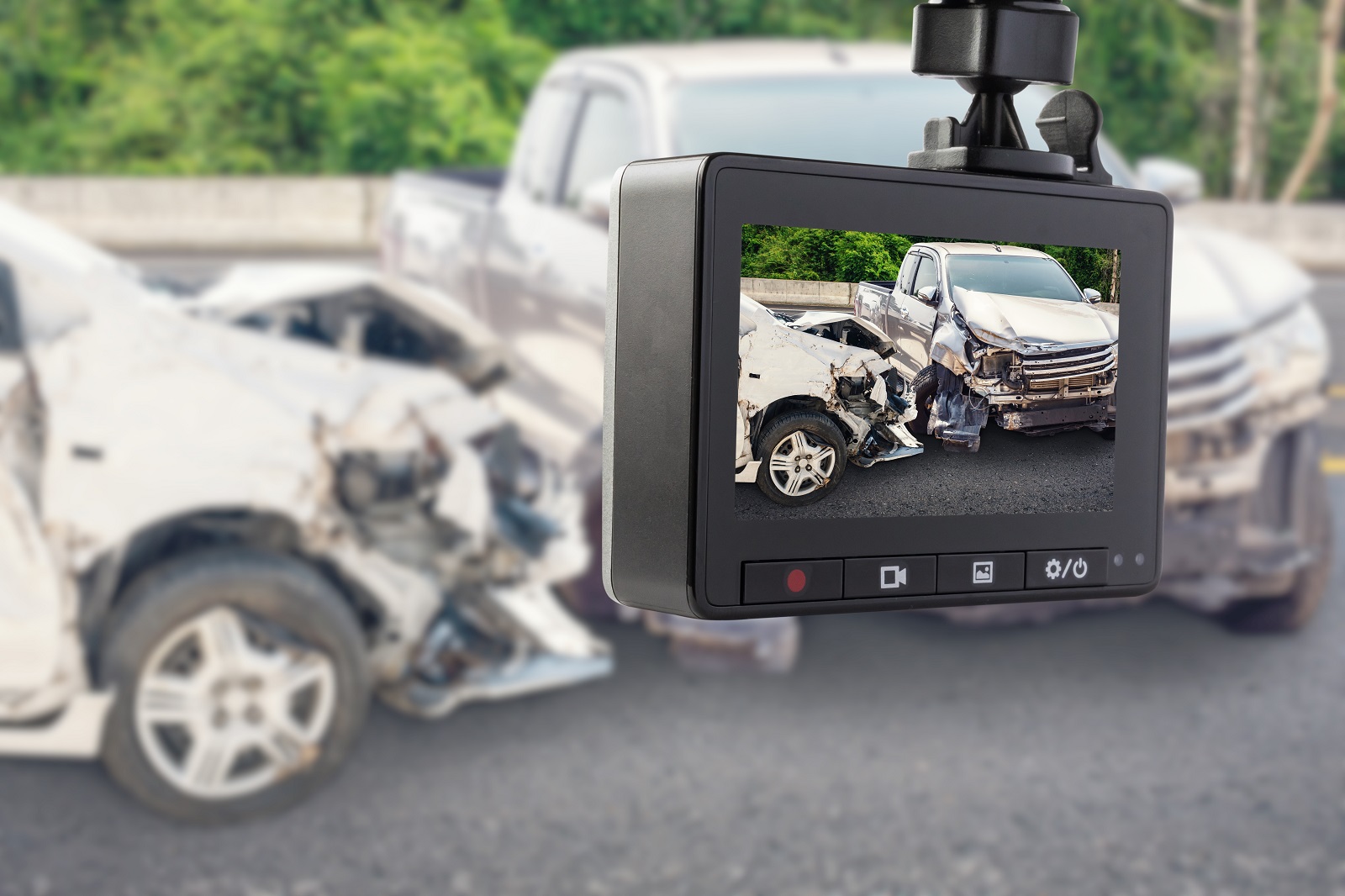
Image Credit: Shutterstock / Kwangmoozaa
Texting while driving doesn’t just lead to tickets; it significantly increases your likelihood of being in an accident. If you’re involved in a crash while texting, you could face both a surcharge for the violation and an accident-related premium increase. Combined, these hikes can make your insurance nearly unaffordable.
11. Commercial Drivers Face Severe Consequences

Image Credit: Shutterstock / Kiefer Photography
For commercial drivers, texting while driving can have even more severe consequences. If caught, you may not only face higher premiums but also lose your commercial driving license. This could lead to job loss and a significant financial impact beyond just your insurance costs.
12. Insurers May Drop You After a Violation
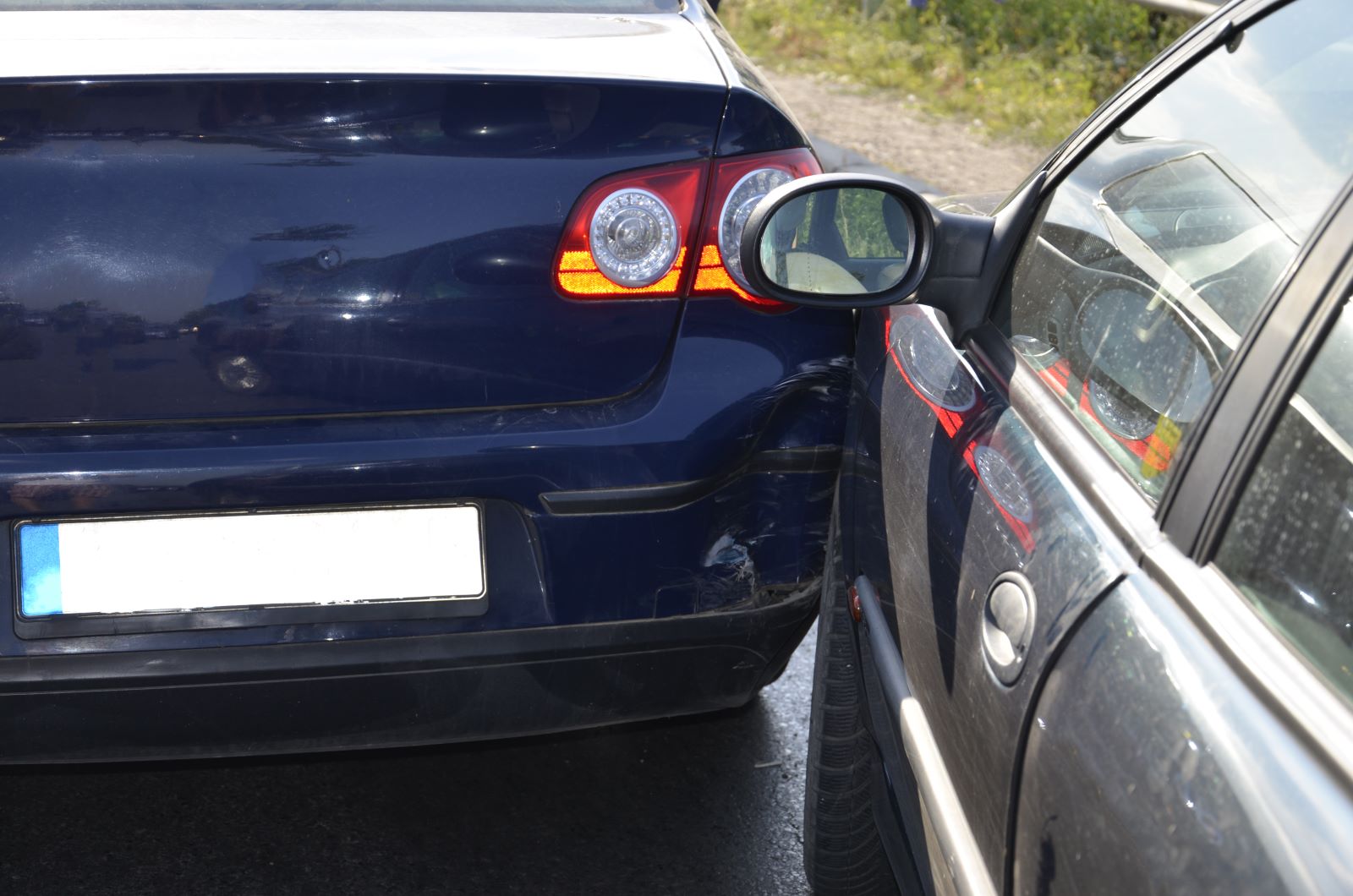
Image Credit: Shutterstock / zefart
Some insurance companies are less forgiving when it comes to texting while driving. If you accumulate multiple violations or are involved in an accident while texting, your insurer may decide to drop you altogether. Finding new coverage after being dropped can be both difficult and expensive, as most companies will see you as a high-risk driver.
13. High-Risk Insurance Costs
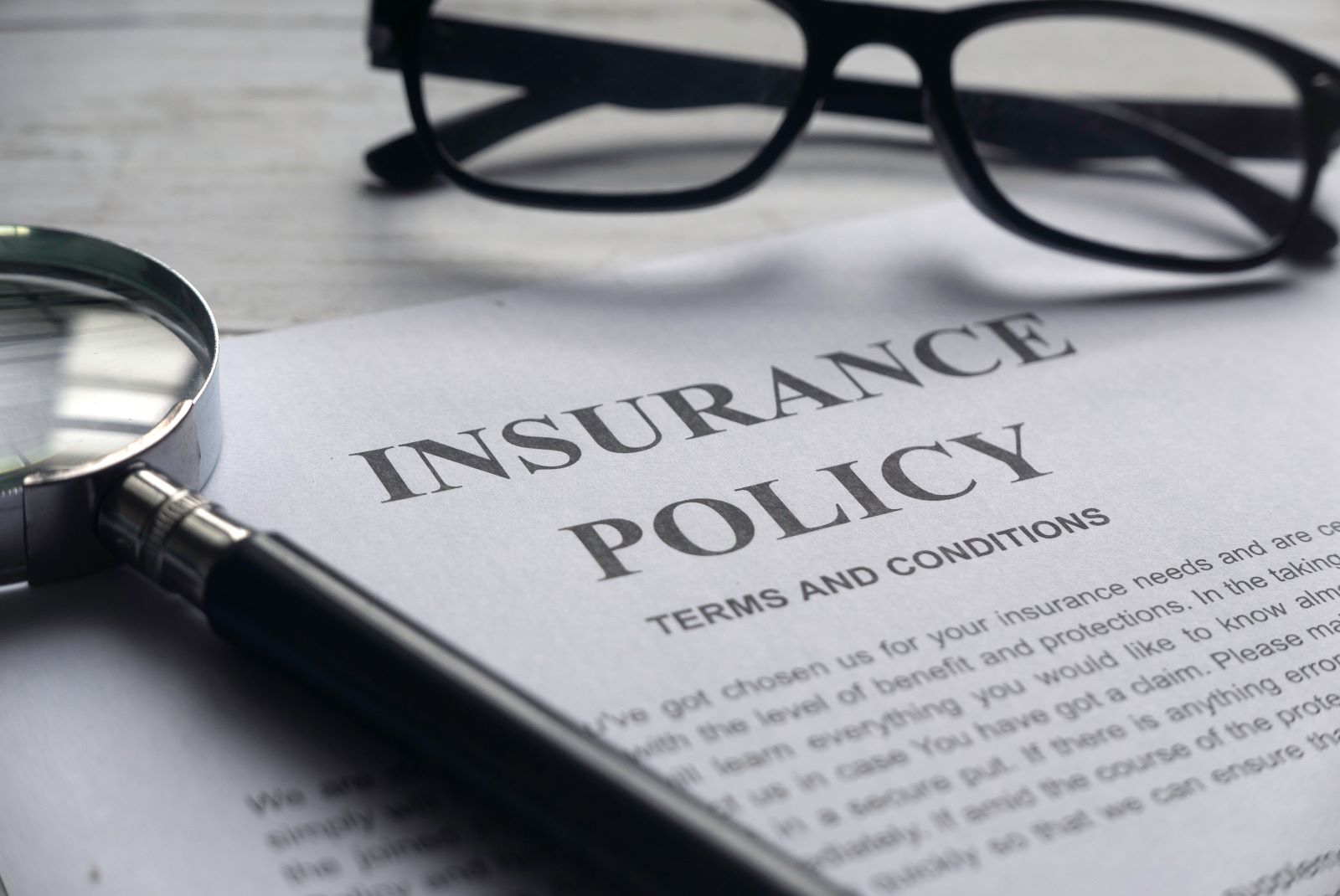
Image Credit: Shutterstock / Faizal Ramli
If your insurer drops you or significantly increases your premium, you may need to seek high-risk insurance, also known as SR-22 coverage. High-risk insurance is far more expensive than standard policies, and drivers with texting violations may be required to carry this type of insurance for several years.
14. In-Car Telematics Programs Could Save You

Image Credit: Shutterstock / Ground Picture
Some insurers offer telematics programs that monitor your driving behavior. If you’ve been penalized for texting while driving, enrolling in a program like Progressive’s Snapshot could help lower your rates. Safe driving behaviors, tracked by a telematics device, can earn you discounts and mitigate the effects of a prior texting violation.
15. States with “Hands-Free” Laws Can See Even Higher Penalties

Image Credit:
Shutterstock / Sean Pavone
States that have enacted strict “hands-free” laws, like Georgia and Washington, often impose higher penalties for texting while driving. These states not only issue heavier fines but also report these violations directly to insurance companies, leading to swift premium hikes.
16. Legal and Financial Consequences of Accidents

Image Credit: Shutterstock / TheCorgi
If texting while driving leads to an accident that causes injury or death, the legal and financial consequences can be catastrophic. Beyond skyrocketing insurance premiums, you could face lawsuits, fines, and even jail time. These legal battles can result in long-term financial burdens.
17. Auto Insurance for Teen Drivers Is Particularly Affected
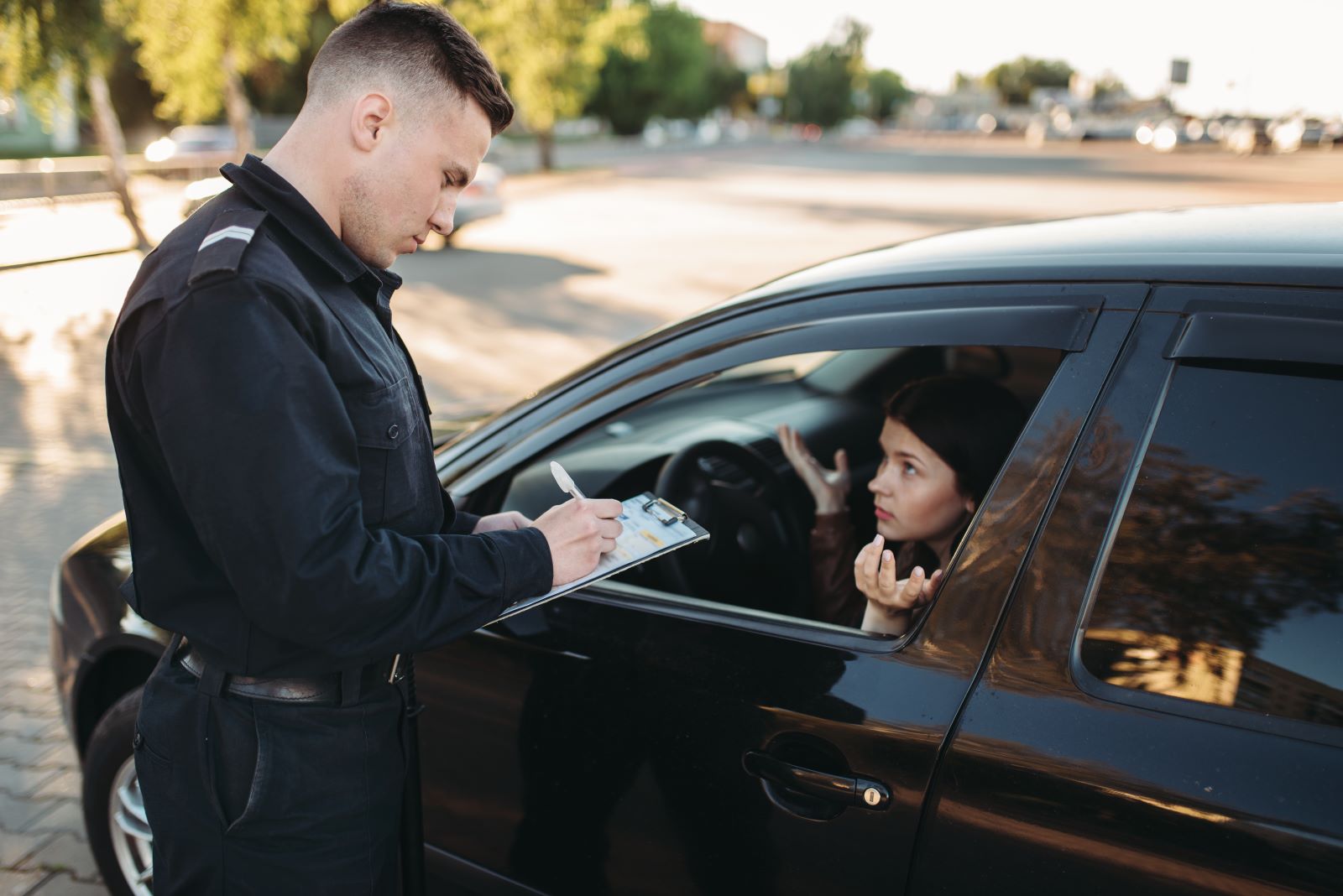
Image Credit: Shutterstock / Nomad_Soul
For teen drivers, texting while driving violations are especially detrimental. Teens already face some of the highest insurance premiums, and a texting violation can increase their rates by up to 100%. Parents may also see their family’s overall insurance costs rise if their teen driver gets a texting ticket.
18. Education and Awareness Can Help Avoid Violations

Image Credit: Shutterstock / Aleksandar Malivuk
The best way to avoid premium increases due to texting while driving is to prevent the violation in the first place. Many states and insurance companies are investing in education and awareness campaigns to highlight the dangers of distracted driving. Participating in these programs, or enrolling in a defensive driving course, can help mitigate the impact of a violation on your premium.
Think Twice Before Texting

Image Credit: Shutterstock / Gutesa
Texting while driving isn’t just dangerous—it’s expensive. Violations can lead to significant increases in your insurance premiums, and the financial repercussions can last for years. Are you prepared to pay the price, or is it time to put the phone down and focus on the road?
Police Magnet: 7 Cars That Guarantee You’ll Get Pulled Over
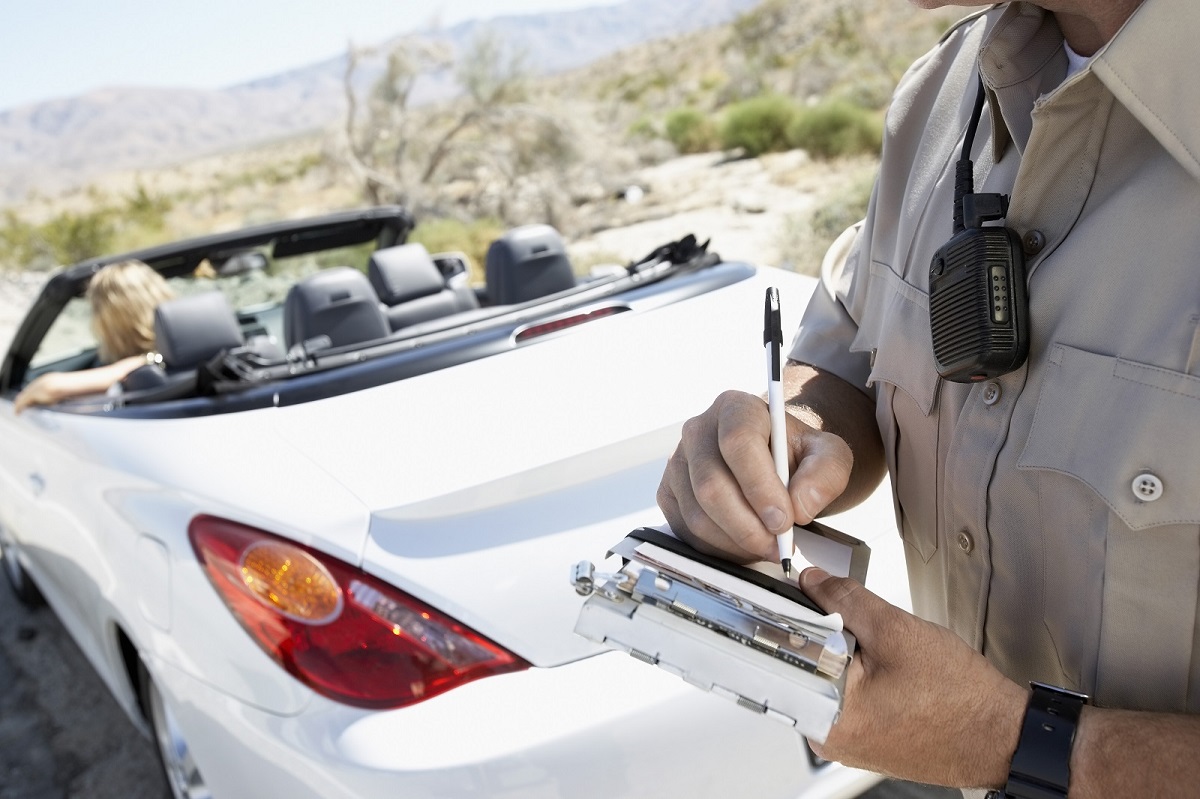
Image Credit: Shutterstock / sirtravelalot
Driving certain cars can make you more noticeable to law enforcement, even if you’re abiding by all the rules. Are you driving one of these “police magnets”? Here are seven cars that seem to attract more police attention than others. Police Magnet: 7 Cars That Guarantee You’ll Get Pulled Over
The Classic Cars That Were Total Clunkers

Image Credit: Pexels / Pixabay
Nostalgia has a funny way of making the past seem better than it was, especially when it comes to cars. But here’s the hard truth: some of those “classic” cars your dad raves about were real clunkers. Here’s a closer look at why some of those so-called “classics” weren’t all they were cracked up to be. The Classic Cars That Were Total Clunkers
The Worst U.S. Cars Ever Made: A Retro List

Image Credit: Pexels / Be The Observer
The U.S. auto industry has produced some incredible vehicles, but not every model was a hit. Here’s a look back at 16 of the worst cars ever made in the U.S., each infamous for its own unique flaws. The Worst U.S. Cars Ever Made: A Retro List
Featured Image Credit: Shutterstock / Andrey_Popov.
The content of this article is for informational purposes only and does not constitute or replace professional advice.
The images used are for illustrative purposes only and may not represent the actual people or places mentioned in the article.
For transparency, this content was partly developed with AI assistance and carefully curated by an experienced editor to be informative and ensure accuracy.



